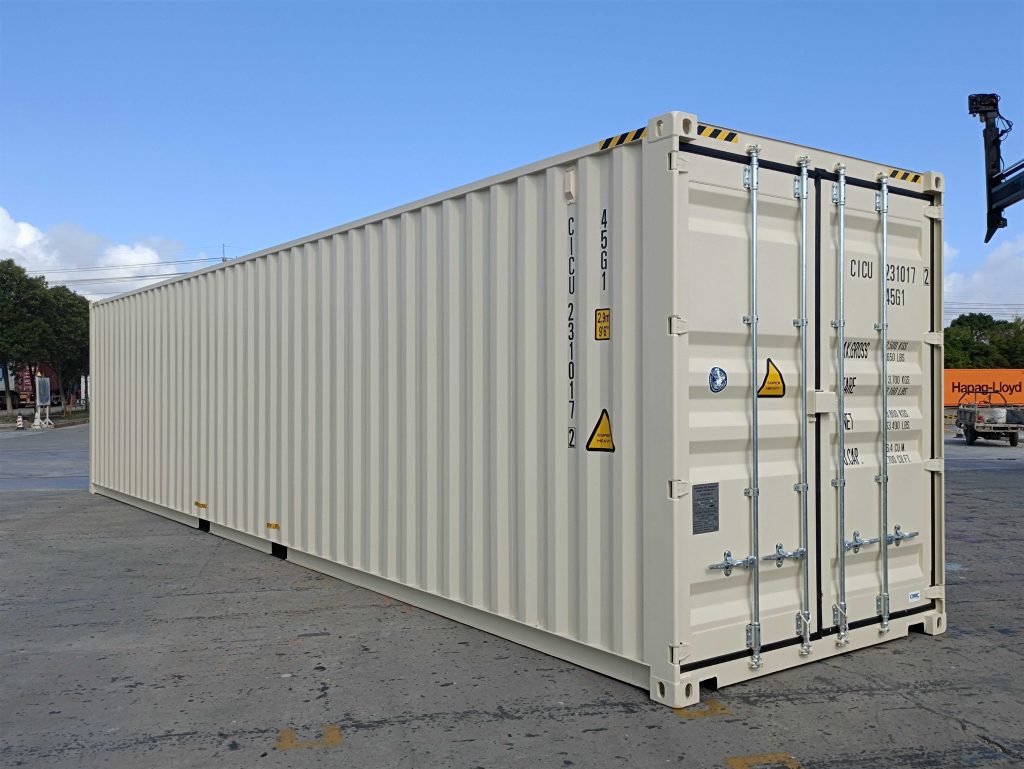Understanding the 20 Feet Container: A Comprehensive Guide
On the planet of shipping and logistics, containers play a critical role in transporting items throughout the globe. Amongst numerous sizes, the 20 feet container, typically called a TEU (Twenty-foot Equivalent Unit), is among the most commonly used containers in shipping and trade. This blog post explores the attributes, benefits, applications, and frequently asked questions regarding the 20 feet container, providing a comprehensive resource for logistics professionals, traders, and companies alike.
What is a 20 Feet Container?
A 20 feet container is a standardized shipping container that determines approximately 20 feet long, 8 feet broad, and 8.5 feet high (or 2.44 meters x 2.44 meters x 2.59 meters). These dimensions allow it to hold an overall volume of about 1,170 cubic feet (or 33.2 cubic meters) and can bring weights of up to approximately 22,000 kg (or 48,500 lbs).
Standard Dimensions of a 20 Feet Container
| Measurement | Measurement |
|---|---|
| Length | 20 feet (6.058 m) |
| Width | 8 feet (2.438 m) |
| Height | 8.5 feet (2.591 m) |
| Volume | 1,170 cubic feet (33.2 m ³) |
| Maximum Gross Weight | 24,000 kg (53,000 lbs) |
Advantages of Using a 20 Feet Container
The appeal of the 20 feet container can be credited to numerous advantages:
- Standardization
Shipping containers are universally standardized, which streamlines the logistics process. This standardization makes sure that containers can be easily transferred between ships, trucks, and trains. - Adaptability
20 feet containers can accommodate a varied variety of freight types, from electronic devices to fabrics. They can likewise be modified into cooled containers for disposable products or open-top containers for large products. - Cost-Effectiveness
The reasonably smaller sized size of a 20 feet container permits for better area utilization in shipping, leading to cost savings for companies. Shipping companies often charge lower rates per container compared to bigger sizes. - Manageability
Due to their smaller dimensions, 20 feet containers are simpler to handle and maneuver. 20 Foot Container is especially useful for smaller firms or storage facilities that may not have comprehensive space. - Ecological Impact
Shipping smaller systems assists decrease the carbon footprint associated with transportation. These containers can enhance cargo area, promoting sustainability through more efficient shipping practices.
Applications of 20 Feet Containers
20 feet containers discover flexibility in numerous sectors:
- General Cargo: Suitable for dry goods such as equipment, clothes, and other customer products.
- Refrigerated Goods: When fitted with refrigeration systems, they transfer disposable food products, pharmaceuticals, and other temperature-sensitive freight.
- Structure Materials: Construction business frequently utilize these containers as storage systems on-site for tools, devices, and products.
- Mobile Offices: 20 feet containers are frequently repurposed into portable office for remote work sites.
- Portable Housing: They can be reconfigured into real estate units, offering economical accommodation options.
Types of 20 Feet Containers
| Type | Description |
|---|---|
| Standard Dry Container | The most typical type, used for general cargo. |
| High Cube Container | Offers extra height (9.5 feet), permitting more vertical space. |
| Refrigerated Container | Geared up with temperature control for perishable items. |
| Open Top Container | Functions a removable tarp for large equipment and bulky items. |
| Flat Rack Container | Suitable for heavy products and equipment that need loading from the side. |
Elements to Consider When Choosing a 20 Feet Container
When selecting a 20 feet container for shipping or storage, numerous factors need to be considered:
- Cargo Type: Determine the nature of the items being transported to pick the appropriate container type.
- Weight Capacity: Ensure that the load does not go beyond the container's maximum gross weight limit.
- Handling and Transport: Consider how the container will be dealt with at ports and during transportation. Choose containers with functions that relieve filling and discharging.
- Environmental Conditions: If shipping perishable goods, consider containers that maintain internal environments or if the freight is delicate to moisture.
- Compliance with Regulations: Verify that picked containers satisfy local and international shipping policies.
Regularly Asked Questions (FAQ)
- What is the optimum capability of a 20 feet container?The common maximum capability is around 24,000 kg(53,000 pounds)for general cargo, differing based on container type and style. Can a 20 feet container be delivered by air?Generally, shipping
- containers are developed for maritime transportation
. Nevertheless, particular containerized cargo might be transferred by means of air cargo, albeit in modified formats. What are the distinctions in between a standard and high cube container?A standard 20 - feet container has a height of 8.5 feet, while a high cube container has a height of 9.5 feet, offering extra vertical area for more freight. Just how much does it cost to lease or purchase a 20 feet container?Costs can differ greatly based upon place, condition, and type of container
- , varying from a few hundred to a number of thousand dollars. Can I personalize a 20 feet container?Yes,
numerous business offer customization alternatives for containers, enabling modifications such as ventilation, insulation, doors, and windows. - The 20 feet container stands as an essential aspect in the world of worldwide trade and logistics, owing to its functionality and flexibility. Comprehending its functions, benefits,
applications, and the elements affecting its choice can aid companies in making notified choices regarding shipping and storage solutions. As industries continue to evolve, the 20 feet container will likely remain a cornerstone in handling the flow of items worldwide.

